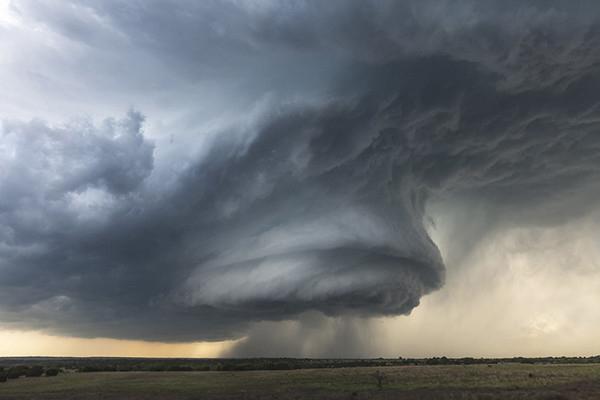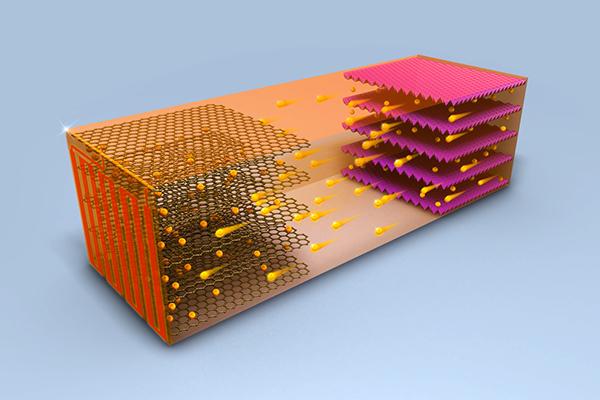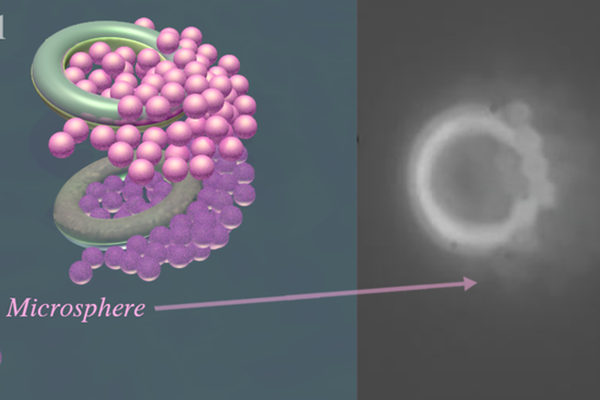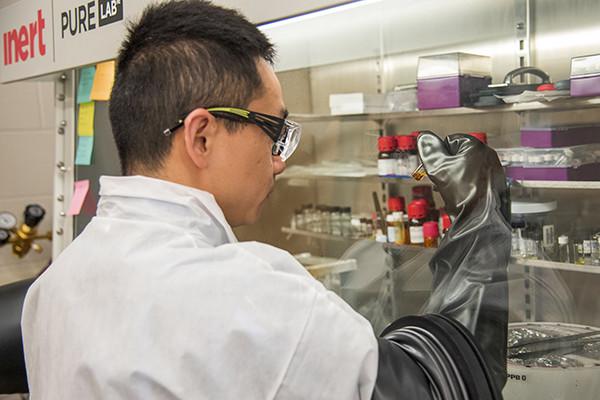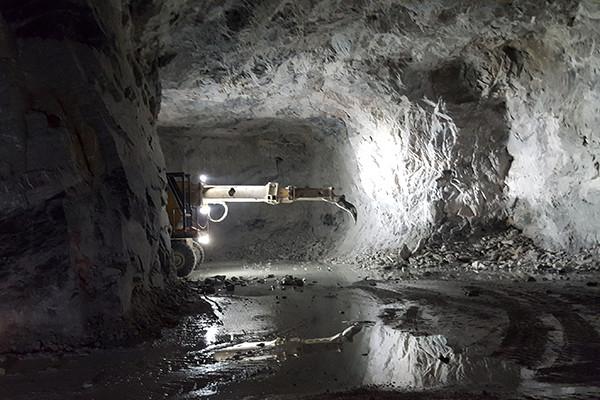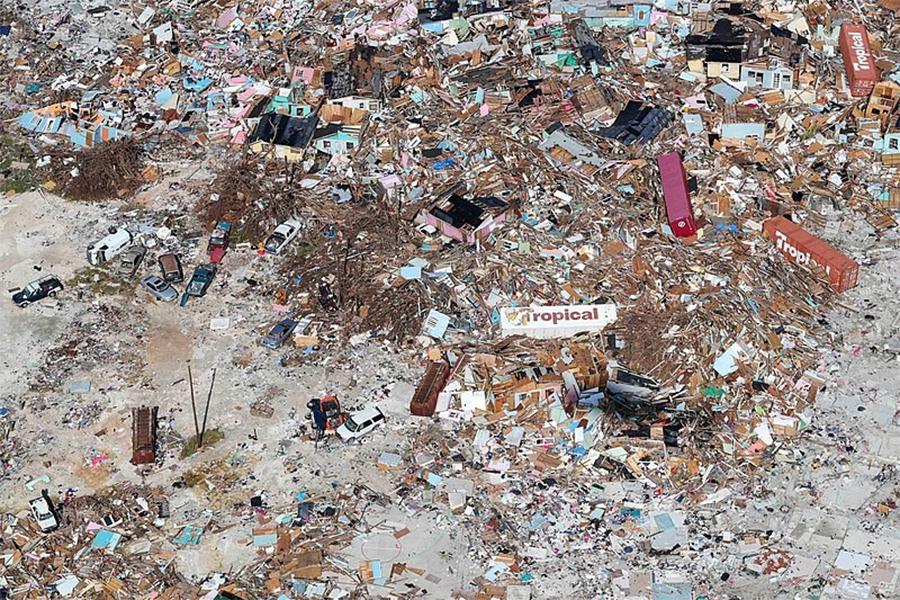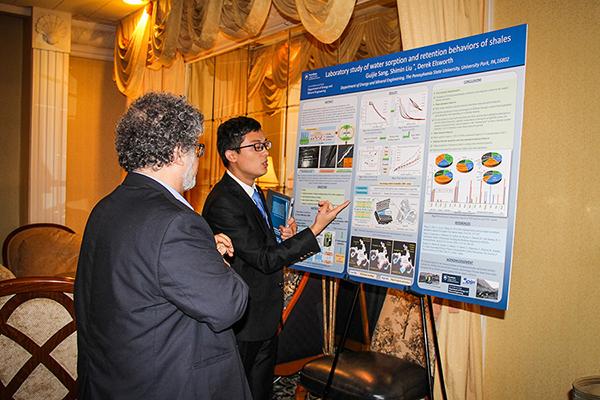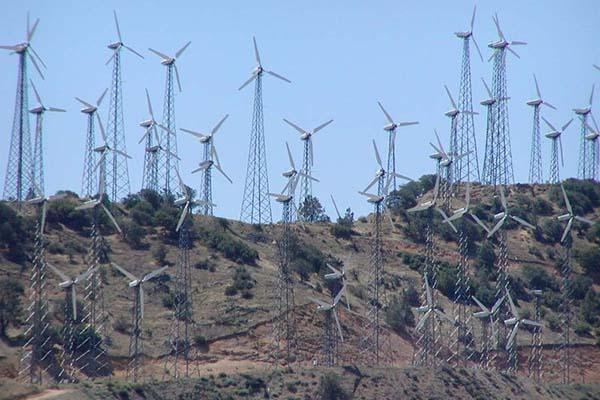Read the latest news about research conducted by investigators in the College of Earth and Mineral Sciences. Our faculty and students are continually advancing technology, creating solutions and expanding knowledge with new and innovative research.
News
Combing data from cutting-edge geostationary satellites and traditional weather radar created a path toward earlier, more accurate warnings, according to Penn State researchers who studied supercell thuderstorms in the Midwest.
Electric vehicle owners may soon be able to pull into a fueling station, plug their car in, go to the restroom, get a cup of coffee and in 10 minutes, drive out with a fully charged battery, according to a team of engineers.
Bacteria and other swimming microorganisms evolved to thrive in challenging environments, and researchers struggle to mimic their unique abilities for biomedical technologies, but fabrication challenges created a manufacturing bottleneck.
Next-generation solar cells that mimic photosynthesis with biological material may give new meaning to the term "green technology."
Improving ventilation in underground mines with large openings is the focus of a new project funded by the Center for Disease Control’s Office of Mine Safety and Health Research.
For a project in a geographic information systems (GIS) class in Penn State's Department of Geography, Alexis Fisher sought to spotlight the wage gap in the United States. She had familiarity with the topic, but when she began plotting a story map using Esri’s ArcGIS online tools, the data really came to life.
As 12 early-stage startups and inventors took the stage for the 2019 Invent Penn State Venture & IP Conference Tech Tournament to make their pitch for up to $75,000 in cash to help their organizations take the next step to commercialization.
While the economic cost of natural disasters has not increased much on average, averages can be deceptive.
The College of Earth and Mineral Sciences’ John and Willie Leone Family Department of Energy and Mineral Engineering will host its annual research showcase, “Rising to the Challenge,” from 8:30 a.m. to 5 p.m. on Thursday, Oct. 3, at the Graduate State College Regency Ballroom in State College.
The wind is always blowing somewhere, but deciding where to locate a wind farm is a bit more complicated than holding up a wet finger. Now a team of Penn State researchers have a model that can locate the best place for the wind farm and even help with 24-hour predictions of energy output.



